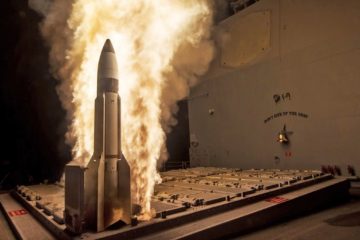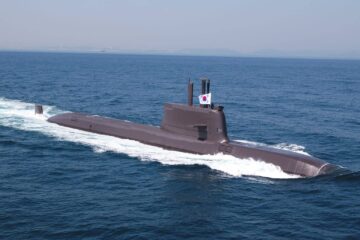South Korea’s Defense Administration Program Administration (DAPA) had set the estimated price for the FFX Batch III Ulsan-class at 805.9 billion Korean won or $ 581.4 million. SamKang proposal would only cost the government 705.1 billion Korean won or $ 508.4 million, 87.455% of DAPA’s estimated price. This was the lowest offer from all the competing companies and is within the 88% threshold at which makers were awarded extra points during the evaluation process.
Naval News previously reported that major shipbuilders, including Daewoo Shipbuilding & Marine Engineering (DSME) and Hyundai Heavy Industries (HHI), had voiced concerns about the bidding process which heavily favors proposals that minimize cost. Their claim is that the current evaluation criteria put less emphasis on research and development costs, with SamKang being penalized, but not disqualified, for not meeting the minimum manpower requirement for certain categories.

It is true that smaller companies have been gaining traction in recent years. Most recently, another small shipbuilder called HJ Shipbuilding & Construction (HJSC), launched four Patrol Killer Medium Rocket patrol ships. The proposed cost of HJSC’s bid for the 3rd and 4th ships of FFX/Ulsan-Class Batch III was 734 billion Korean won or $ 529.2 million.
About FFX Batch III / Ulsan-class frigate

The six FFX Batch III frigates will be 129 meters in length, 15 meters in width, displace 3,500 tons, and have a maximum speed of 30 knots. Their major armaments include a Mark 45 5-inch main gun, anti-ship missiles, and a new close-in weapons system.
HHI and Samkang M&T are the shipmakers that have been selected for the program so far, with construction on the first ship beginning earlier this year in April at the former’s Ulsan shipyard. Rolls-Royce will deliver the MT30 Gas Turbines, the primary propulsion system for the ships.
The Batch III ships are the culmination of over 15 years of research. The Batch I program lasted from 2006 to 2016 and delivered six vessels to the Republic of Korea Navy (ROKN). The Batch II program, which started in 2011, is still ongoing, with the last ship being scheduled for delivery in 2023 for a total of eight. Development of Batch III began in 2016. Production will continue until 2027, with the first ship scheduled for delivery to the ROKN in 2024.






